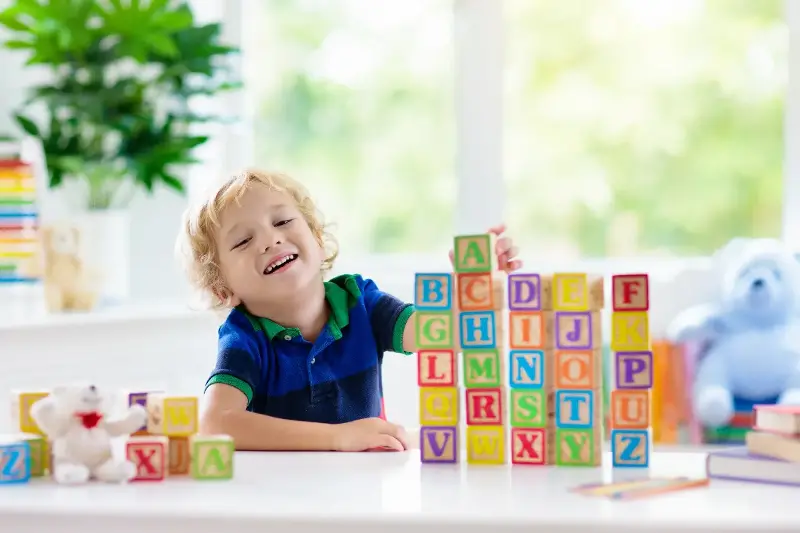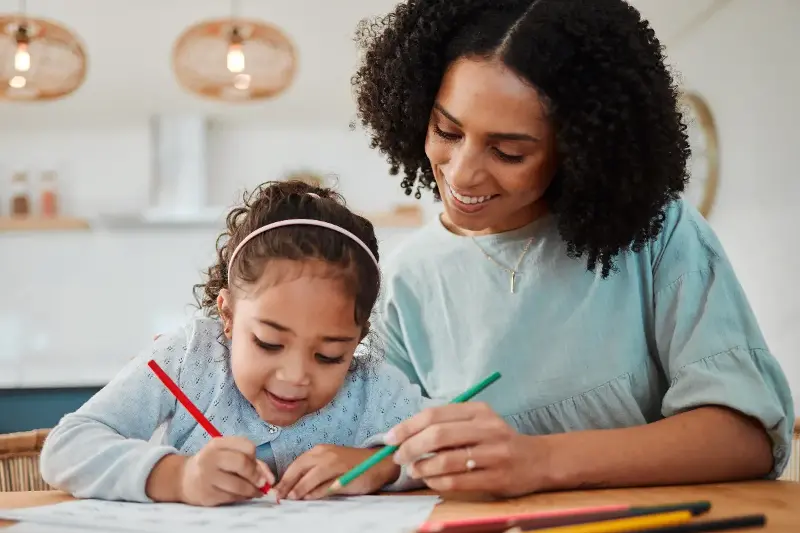Raising a child to speak two or more languages isn’t just a growing trend—it’s a life-changing gift that can open doors, nurture empathy, and boost intellect. But where do you start? How do you ensure bilingualism doesn’t confuse or overwhelm your little one? With the right strategies and a dose of patience, families across the globe are watching their children blossom into multilingual communicators.

Unlocking The Science: Why Young Minds Are Language Sponges
Children’s brains are remarkable. In early development, neural pathways are flexible and receptive, allowing kids to absorb sounds, tones, and grammatical patterns with ease. In fact, research shows children aged 0-7 have a unique window where language acquisition happens almost effortlessly, often dubbed the “critical period”. During this time, a child’s mind is like a sponge—soaking up vocabulary, intonation, and context without conscious effort. This explains why so many children raised in bilingual homes can switch between languages seamlessly.
What’s truly extraordinary is how speaking two languages shapes the brain. Studies suggest bilingual children tend to exhibit stronger problem-solving, better multitasking, and enhanced social skills. It’s much more than just words—bilingualism changes the way your child sees and interacts with the world.
Routine And Ritual: The Backbone Of Bilingual Success
Consistency is king when nurturing bilingualism. Establish predictable routines that make using both languages a natural part of daily life. One proven approach is the One Parent, One Language (OPOL) method. Simply put, each parent consistently speaks a different language with the child. This repetition cements vocabulary and grammar in a reassuring, reliable pattern.
Alternatively, families might designate certain spaces or times for specific languages. For instance, speak Spanish during meals and English during bedtime routines. Consistency builds confidence and turns learning into second nature.
Quick tips to embed language in everyday life:
- Read diverse picture books in both languages.
- Sing nursery rhymes and play music from each culture.
- Narrate daily activities (“We are putting on your shoes now!”) in both tongues.
- Encourage playdates with peers who speak each language.

Games, Gadgets, And Culture: Making Learning Irresistible
Children thrive when learning feels like play. Harnessing the power of games and interactive toys transforms language practice into adventure. Try matching games, bilingual puzzles, or storytelling apps that stimulate curiosity and repetition.
It’s just as important to weave real cultural experiences into your routine. Celebrate traditional holidays, cook recipes from both heritages, and share stories from elders in both languages. When language connects to feelings, memories, and traditions, children develop a genuine love for both cultures.
Use screen time wisely:
- Choose high-quality, language-appropriate shows or cartoons.
- Watch together and discuss scenes in both languages.
- Use subtitles to reinforce reading skills.
Common Roadblocks—And How To Conquer Them
Even with the best planning, most families face bumps in the bilingual road. Maybe your child mixes languages mid-sentence, or shows preference for one over the other. This is perfectly normal and actually demonstrates linguistic sophistication, not confusion!
If one language is lagging behind:
- Increase exposure by organising playdates or seeking bilingual childcare.
- Invite relatives to visit or video call in the target language.
- Travel, if possible, to immerse your child in a fully bilingual environment.
Staying patient is crucial. Language milestones will vary. Celebrate small successes—a new word, a spontaneous sentence—and remind yourself that your child isn’t just learning to speak. They’re learning to connect, adapt, and thrive across cultures.

Support Systems: You’re Not Alone On This Journey
Building a community is invaluable. Reach out to local cultural organisations, join online forums with fellow bilingual parents, or start a book swap group. The journey is shared—and learning from the stories and strategies of others can make a world of difference.
Remember, your passion for languages is contagious. When you show enthusiasm, your child senses the magic of the journey, not just the destination.
If you’re reading this today, you’re already opening new worlds for your child. Whether it’s the magic of a lullaby whispered in two tongues or the joy of shared laughter over storybooks from across the globe, bilingualism is a living, evolving adventure. What story will your family write next?
